Chess writer Jimmy Adams ranks him among the ‘strongest ever amateur chess players’ (New in Chess 2013/3). A master of the dashing attack, he defeated several of the world’s leading players, often in brilliant style. Born in Dnipropetrovs’k (then Ekaterinoslav), he left the Ukraine in his twenties shortly after the end of the First Wold War. He settled in Belgium and went on to win his adopted country’s national championship five times. And yet today he is an almost forgotten figure.
Victor ‘Sultan’ Soultanbéieff (1895–1972) came to chess at the relatively late age of 16-17. No sooner had he begun to make his mark at the board than war intervened and dealt him three years’ service in the Russian trenches. Wounded in 1917, he returned to his studies, only for civil war to erupt into three more years of political turmoil and bloodshed. Even in those fraught times chess had its value, as Soultanbéieff recounts:
One morning seeing Wigdortchik hurrying to work, I challenged him to a blitz game. ‘Very busy,’ he said, ‘just a quick quarter of an hour’ . . . Let’s just say that this quick quarter of an hour lasted . . . the whole day: from dawn until dusk each of us striving to win the ‘beauty prize’. We forgot everything: eating, drinking, work, even our poor wives! And this lovely detail: one of us was a confirmed communist and the other – a former officer of the Tsar.
Fearing for his safety in Bolshevik Russia, as any retired Tsarist officer might, Soultanbéieff sought asylum in Belgium in 1921. There he resumed (or rather began) his chess career, albeit slowly.
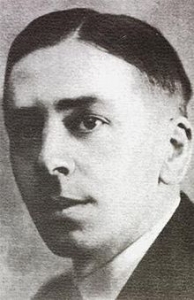
The Sultan’s swashbuckling style caught the eye of the press too and soon his ‘chivalrous and energetic’ games were making headlines overseas. Despite a modest showing in the Belgian Championship of 1923 (scoring 3.5/6), he was the revelation of the tournament. None was more impressed than reigning champion Edgard Colle:
‘He demonstrated great ability in combinative play and all his games were interesting thanks to attacks conducted in a fresh and lively spirit . . . with more practice he will become an excellent player.’
Soultanbéieff v Boët
simultaneous, Liège 1923
White to play
Soultanbéieff v Mendlewicz
Huy 1925
White to play
How is White to meet the threat of 1…Qxc1+ and 2…h1(Q)+ ?
Within a few years he confirmed Colle’s prescience in emphatic style.
Although he gained valuable practice against other strong Belgian masters such as Koltanowski, O’Kelly, Sapira and Dunkelblum, the Sultan was thirty before he made his international debut. He was ready and a tally of victims as distinguished as Tartakower, Marshall, Alexander and Yates marked him out as a player to watch. In the following skirmish he makes Nimzowitsch, then at the height of his powers, look very ordinary indeed.
Soultanbéieff’s notes below are translated from the original French.
A Flank Attack Can only Succeed if the Centre is Stable
This dramatic game, played in the last round of the Exhibition Tournament at Liège in 1930, is one of my favourites.
The stature of my illustrious opponent A. Nimzowitch (1886–1935), then one of the world’s strongest players and world championship candidate; the high quality of the game, packed with beautiful combinations and clever strategic manoeuvres; not to mention my unexpected success – all add lustre to my victory.
But . . . woe to the conquered! My joy was tempered by the fact that in defeating Nimzowitsch, whom I held in the highest regard and who, for his part, showed me kindness throughout the event, I relegated him to 2-4th place, reducing his share of the 2,500 franc prize, a tidy sum in those days. But shouldn’t every tournament player have but one goal: to play his best to the very end?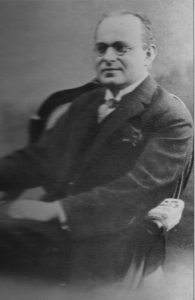
Although several participants felt that this game was one of the finest of the event, it did not win the brilliancy prize.
I publish it with the comments of Dr S. Tarrasch (ST), taken from the magazine Denken und Raten and add a few notes from Dr Max Euwe (ME), Professor A. Becker (AB), Brian Harley (BH), cuttings from the Dutch, Austrian and English press, as well as my own notes from L’Echiquier magazine (VS). The comments of the German master are always interesting and instructive, although in my opinion not entirely objective: the ideological war between Tarrasch and Nimzowitsch had been going on for almost 20 years!
As an epilogue to this game, here’s a true story. As the game ended Dr Tartakower, who had already won the tournament, approached the board and said to Nimzowitsch: ‘But how could you have got into such a position?’ This exclamation becomes more piquant if you compare the final position with that of Soultanbéieff–Tartakower at Folkestone three years later where Nimzowitsch’s heckler found himself mired in just ‘such a position’. Then it befell Alekhine to ask Tartakower, ‘How could you have led your king into such a trap?’
Soultanbéieff v Liubarski
Liège 1937
White to play
Soultanbéieff v J-B
Liège 1941
White to play
Soultanbéieff v Wery
Liège 1932
White to play
Soultanbéieff v Boët
16 Rxa6! Rxa6 17 Qxc6+ Qxc6 18 Rd8 mate
Soultanbéieff v Mendlewicz
1 Rf1! Qxf1 2 Qb4+ Kg8 3 Ne7+ Kf8 4 Nc8+! Kg8 5 Rd8+ Kh7 6 Qh4+ Kg6 7 Ne7 mate
Soultanbéieff v Liubarski
1 Bf3! Qxf3 2 Qxb8+ Rxb8 3 R1xd7+ Kc8 4 Rc7+ Kd8 5 Rgd7 mate
Soultanbéieff v J-B
1 Qxg7+! Kxg7 2 Re8+ Kh7 3 Be4+ Bf5 4 Bxf5+ Rg6 5 Rh8 mate
Soultanbéieff v Wery
1 Rxc6! Ne7 2 Nf7+ Kd7 3 Qe5! Kxc6 4 Qc5+ Kd7 5 Qd6 mate
See also

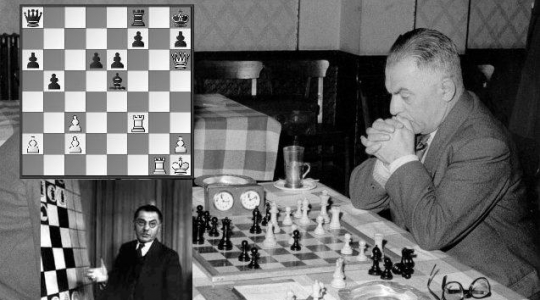
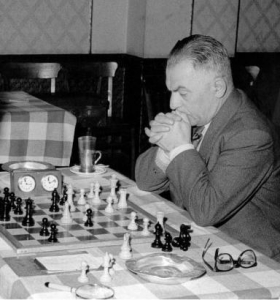
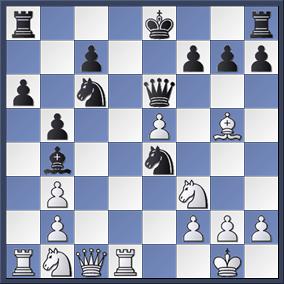
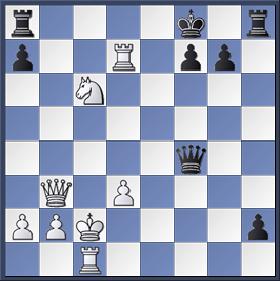
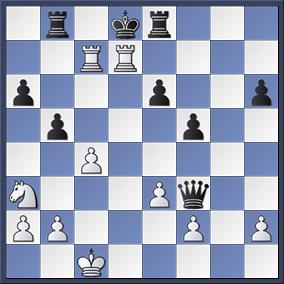
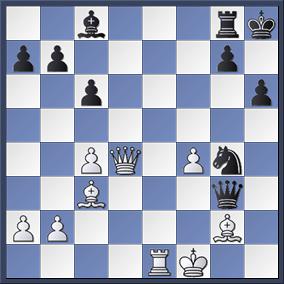
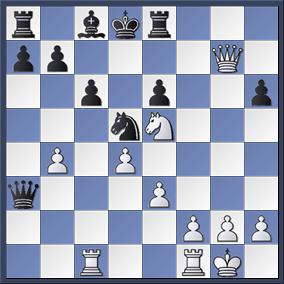

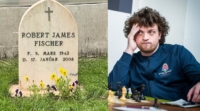
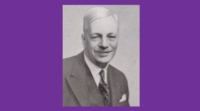

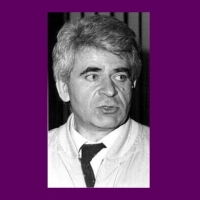
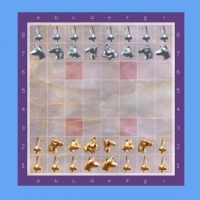
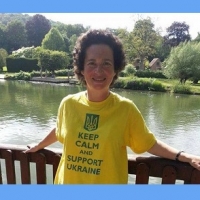

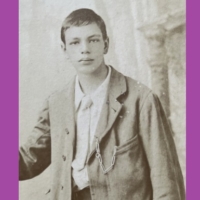
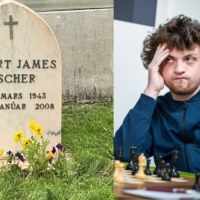
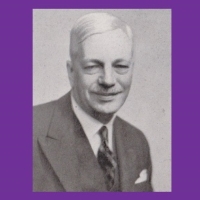
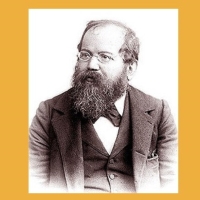
Long live the memory of Attakinski!